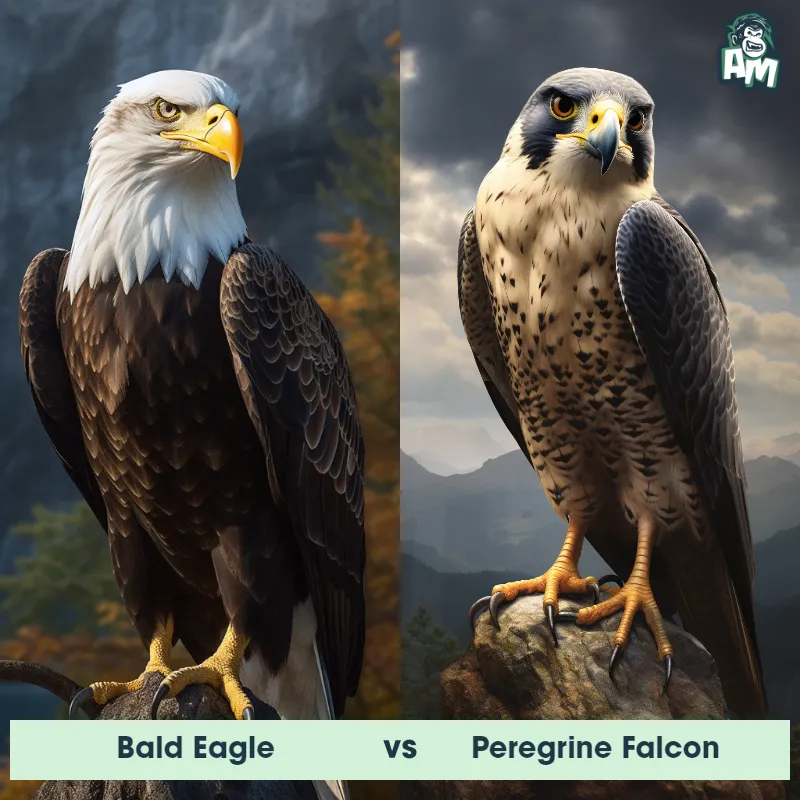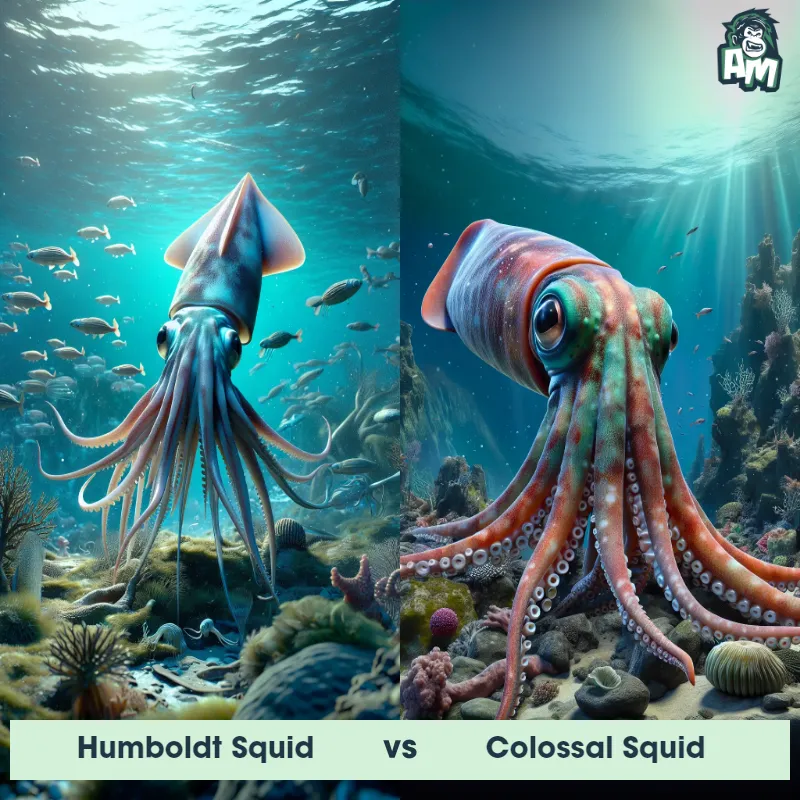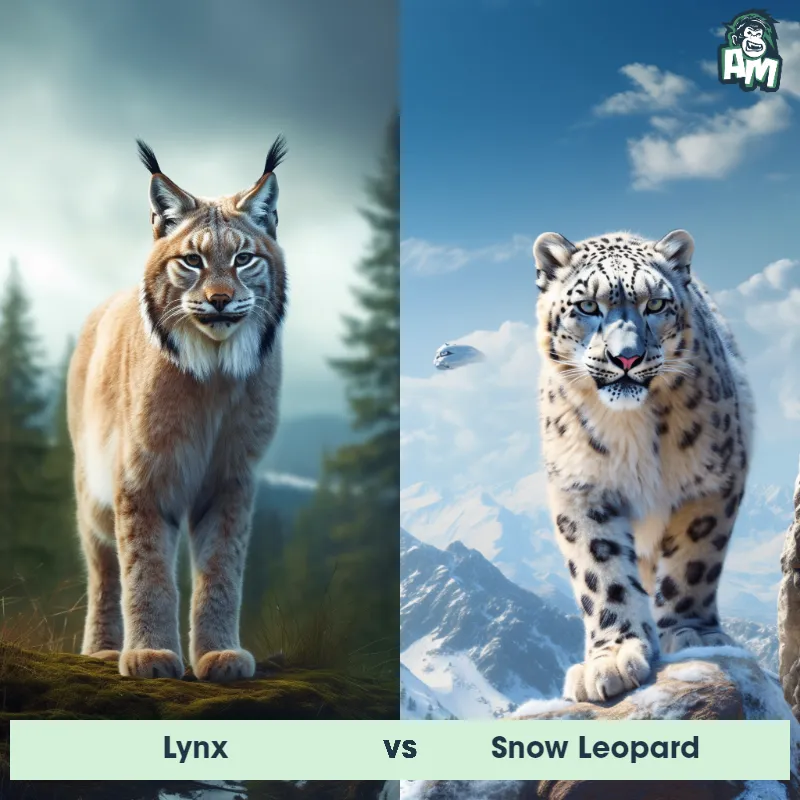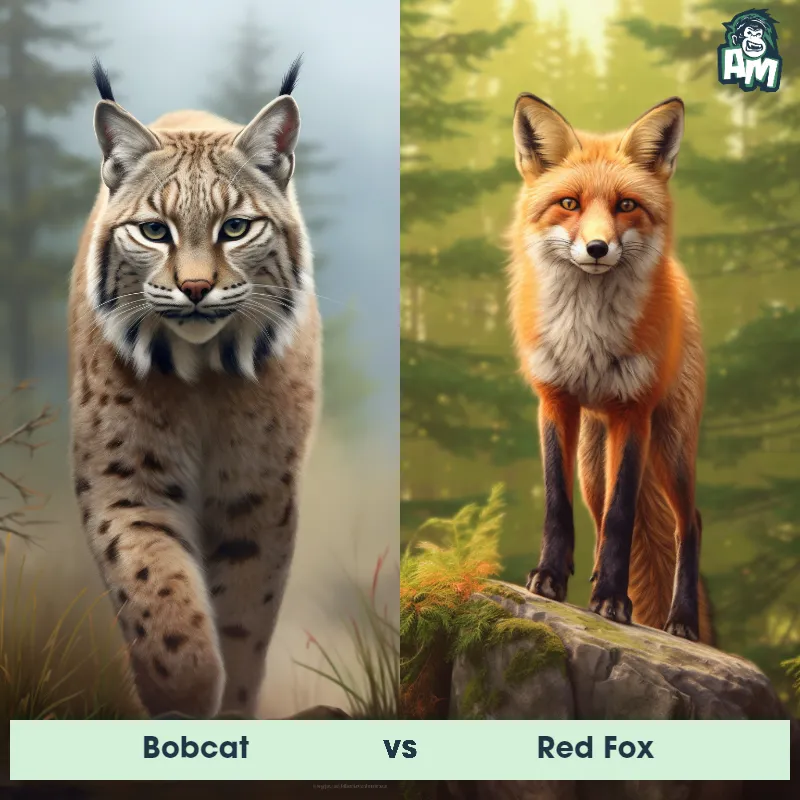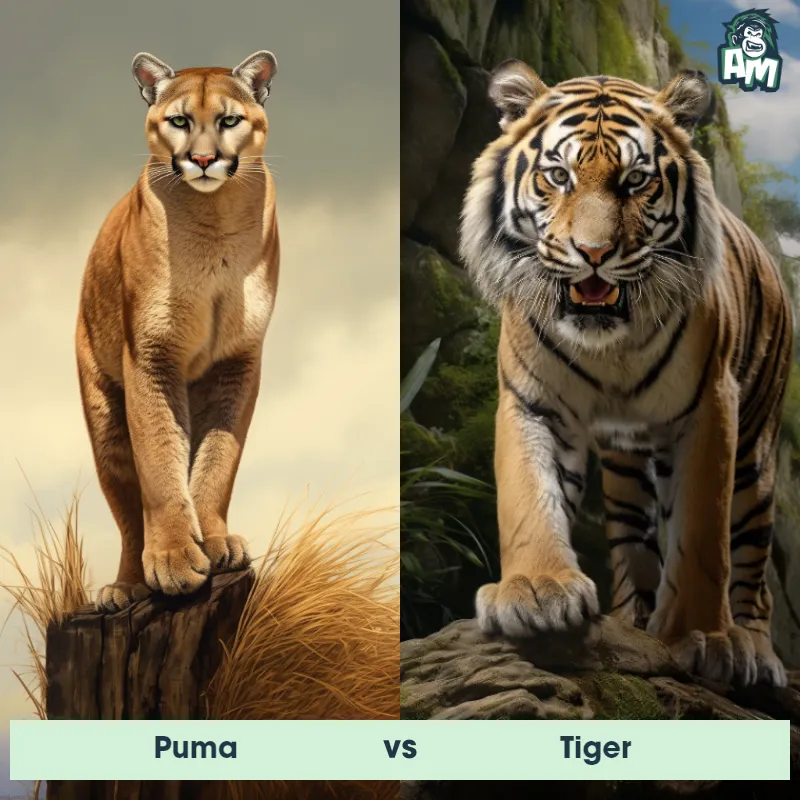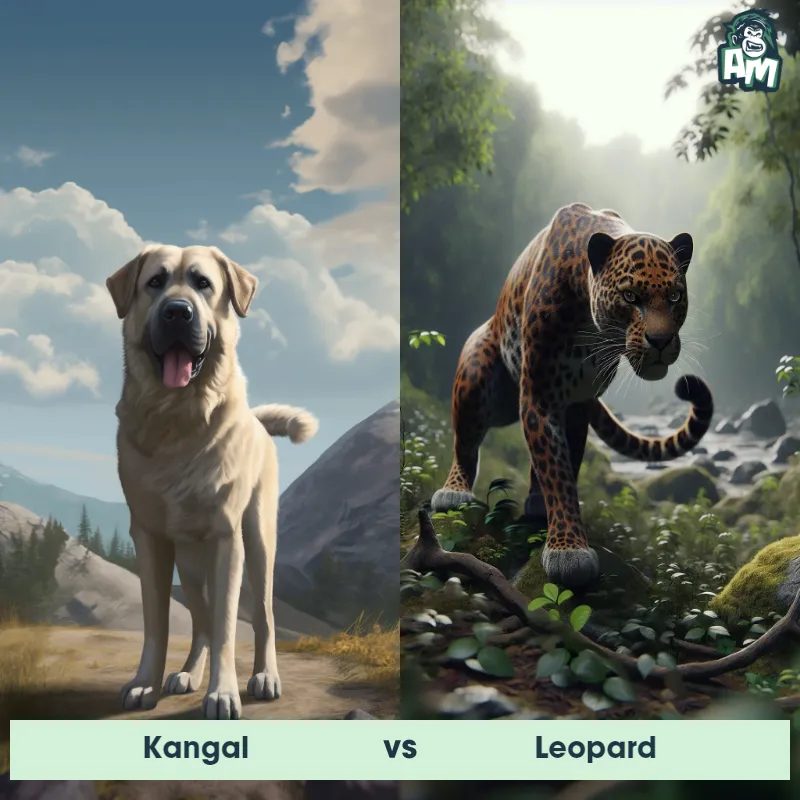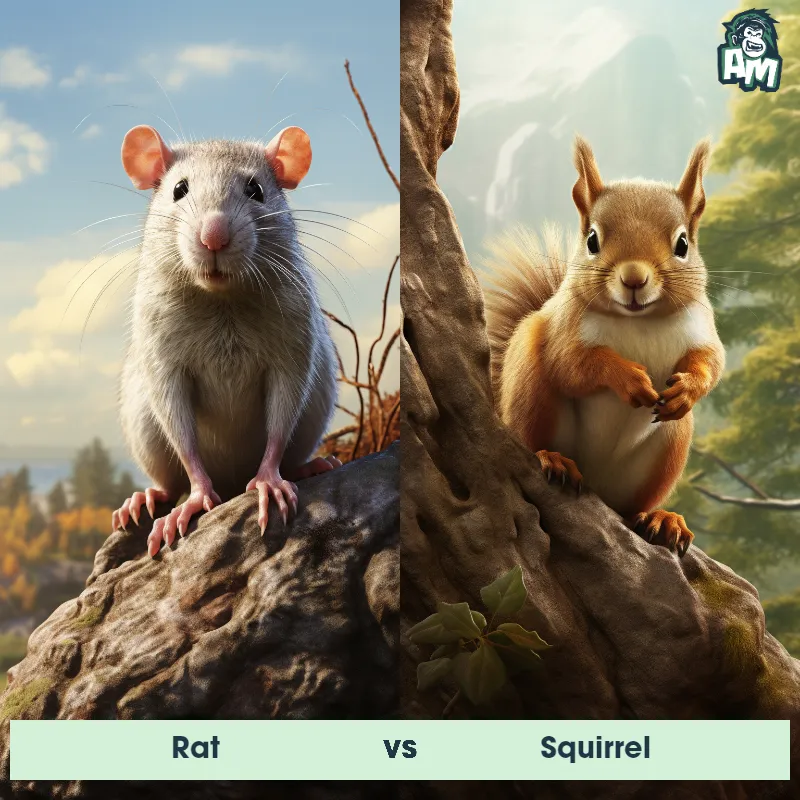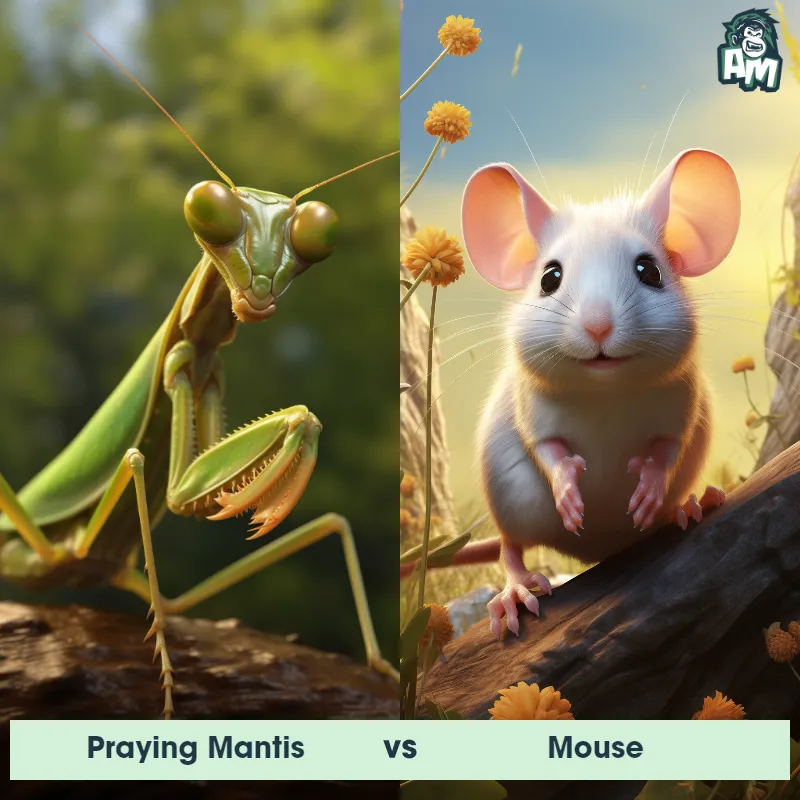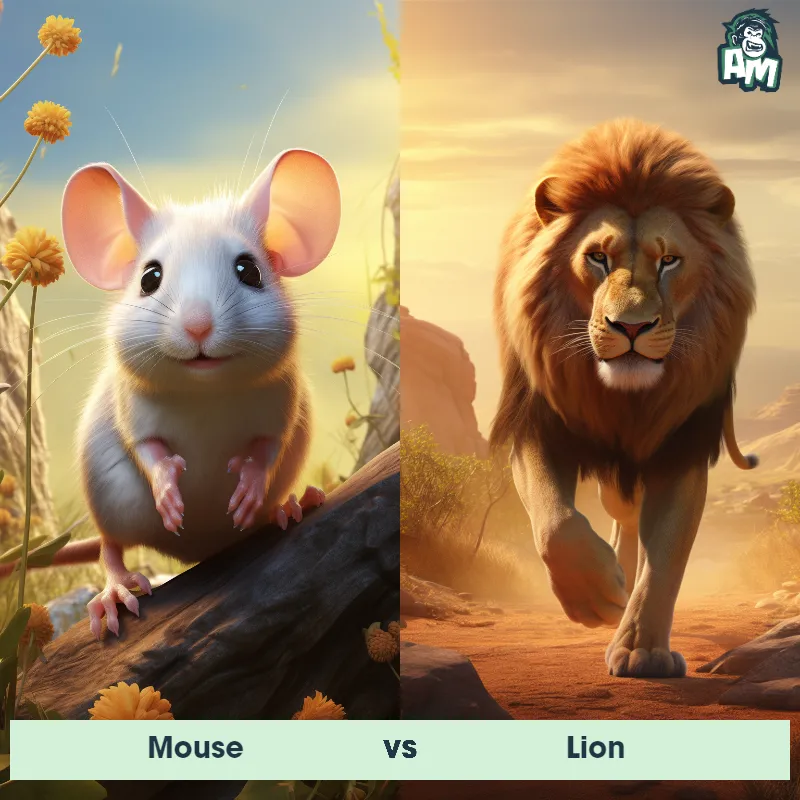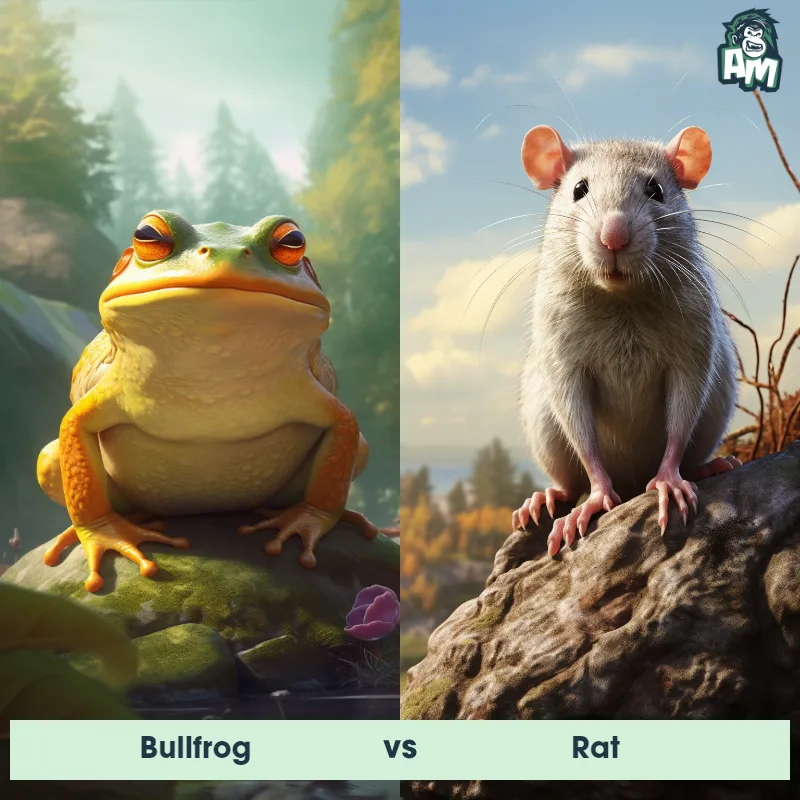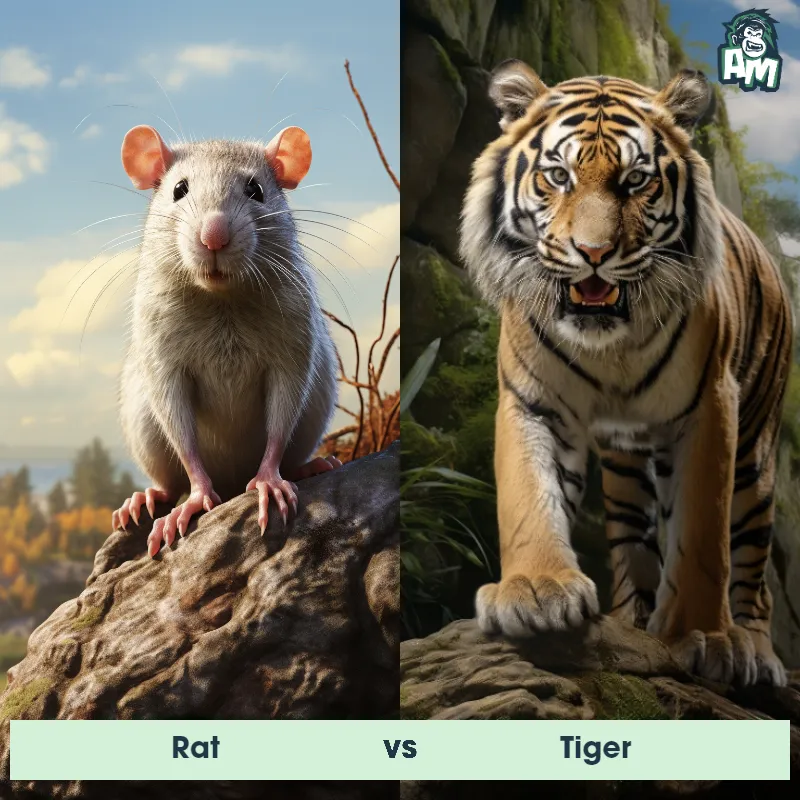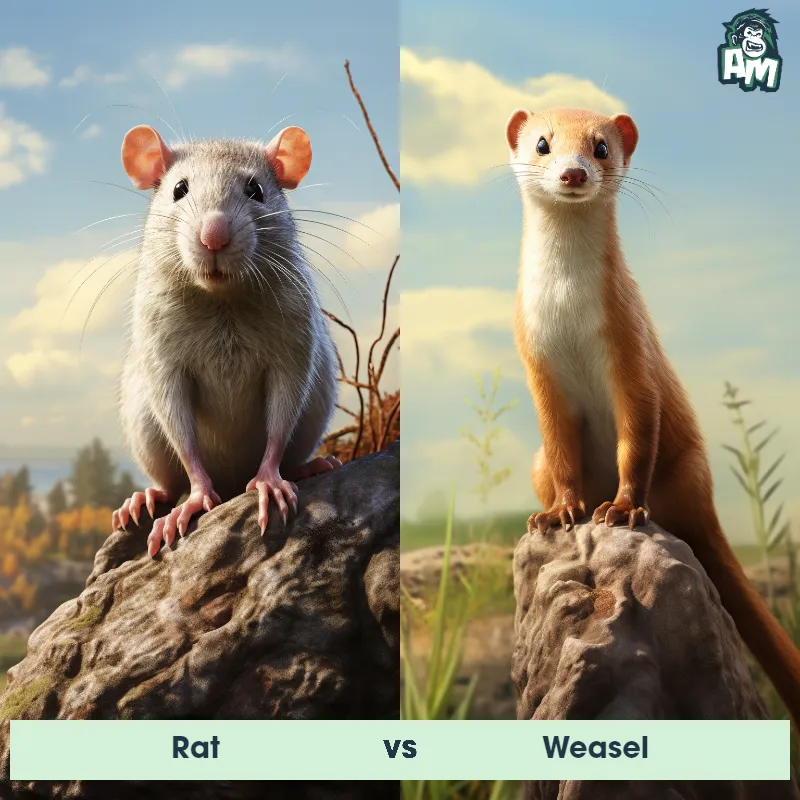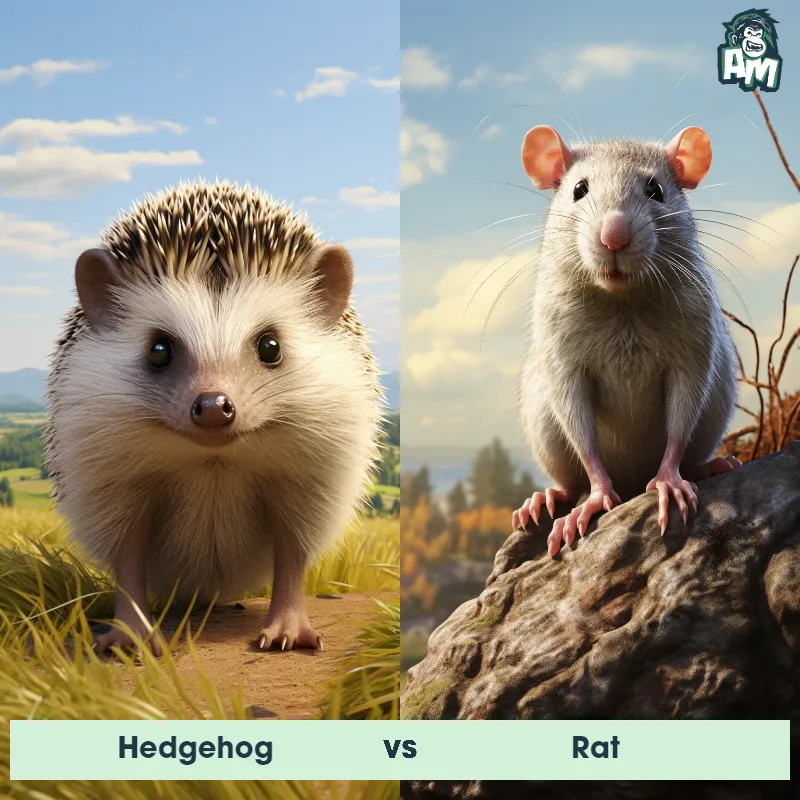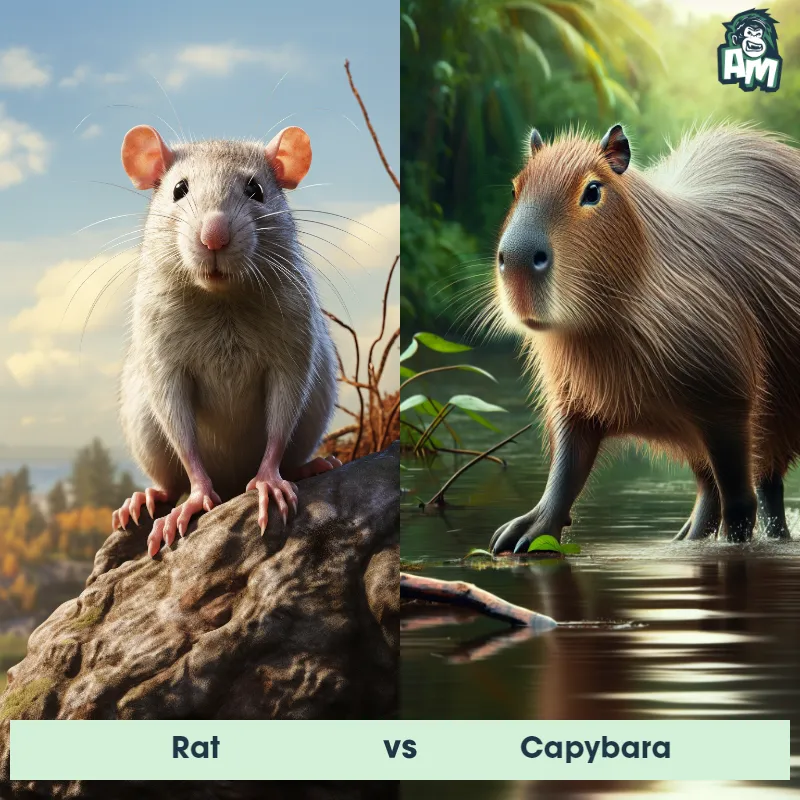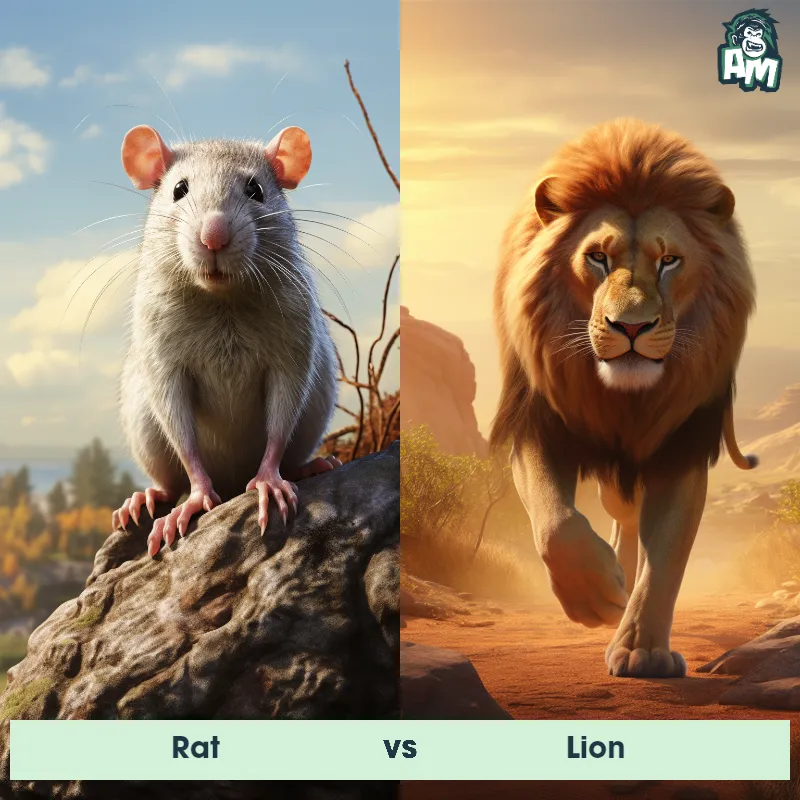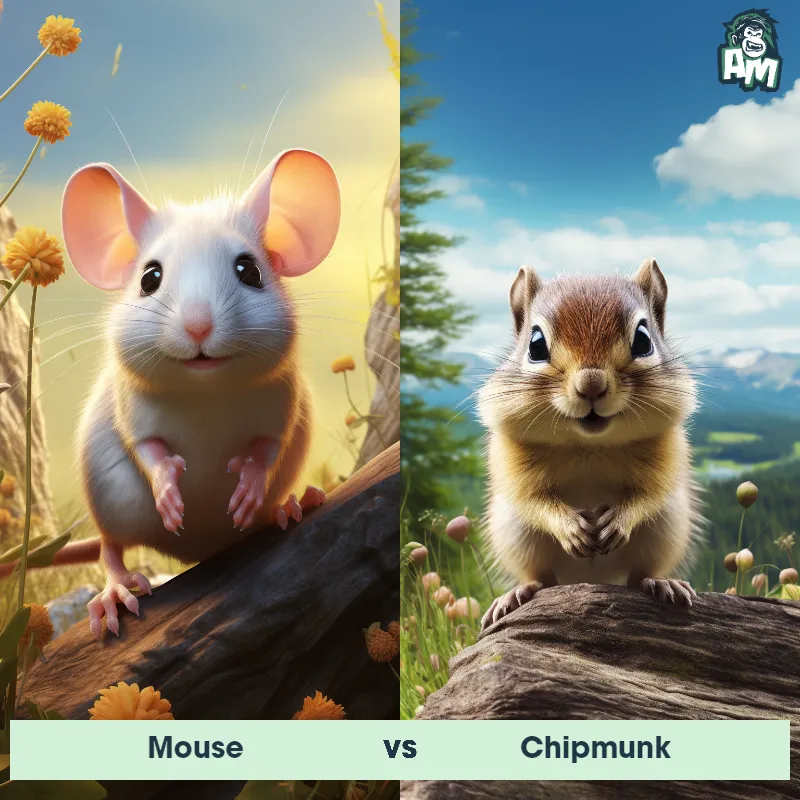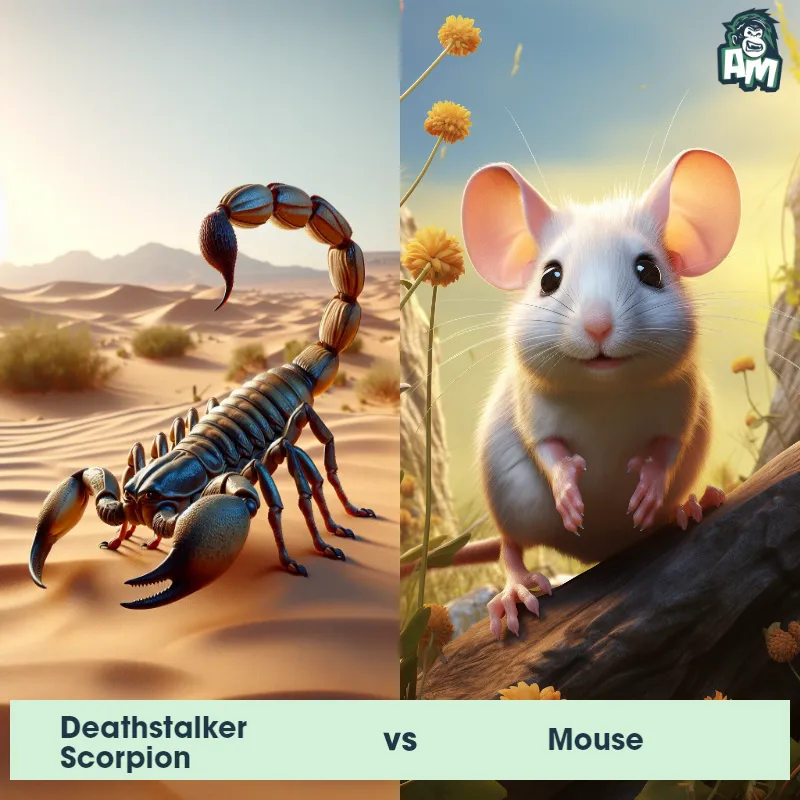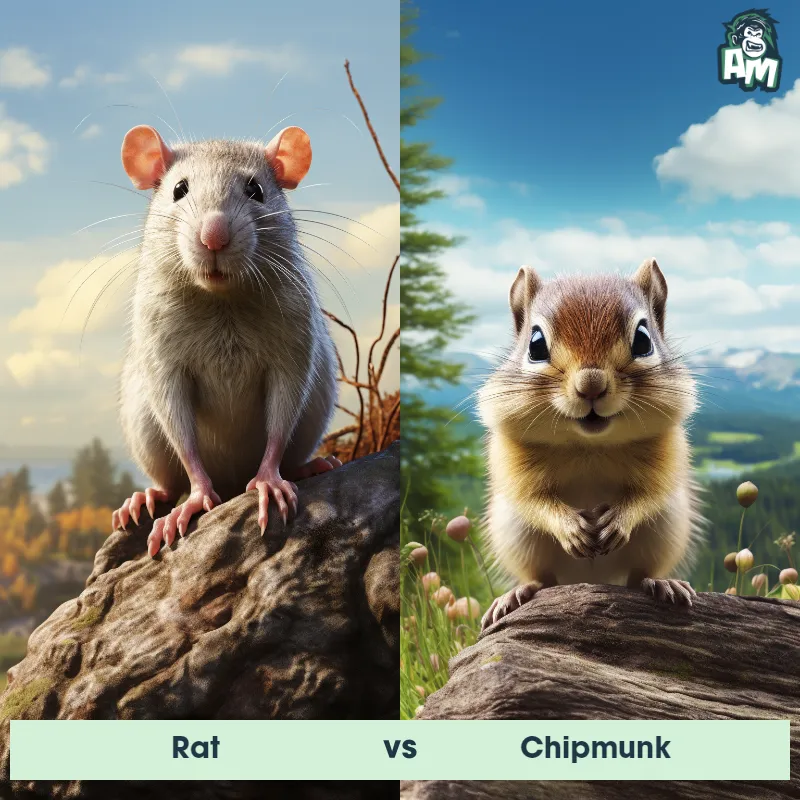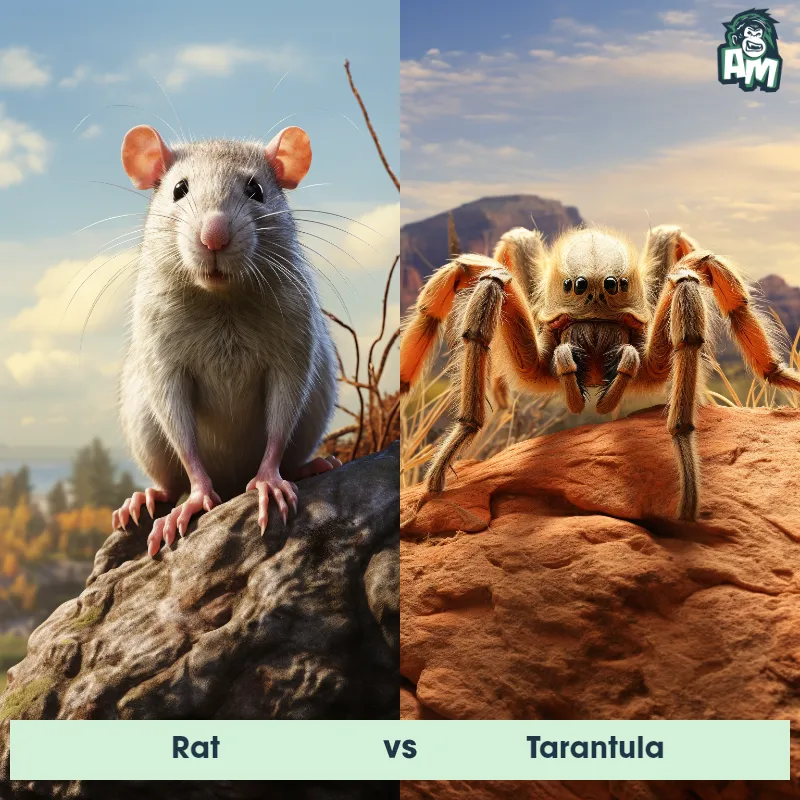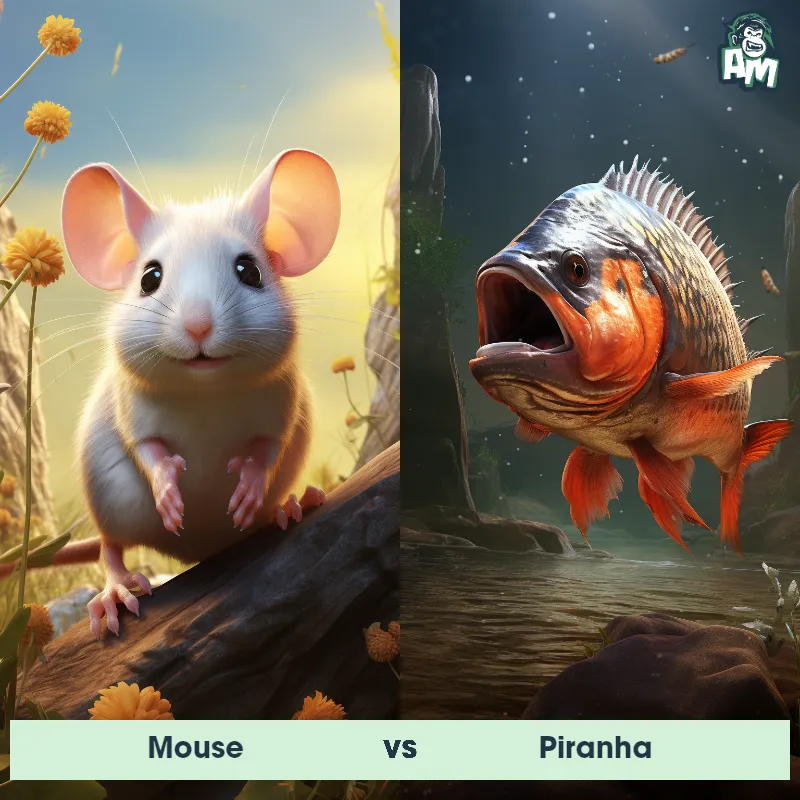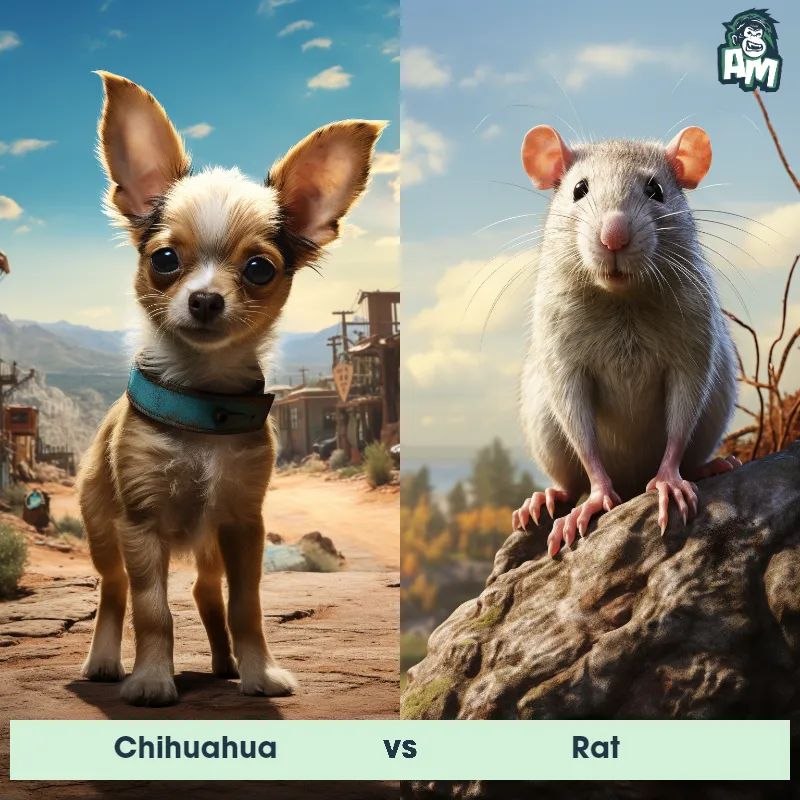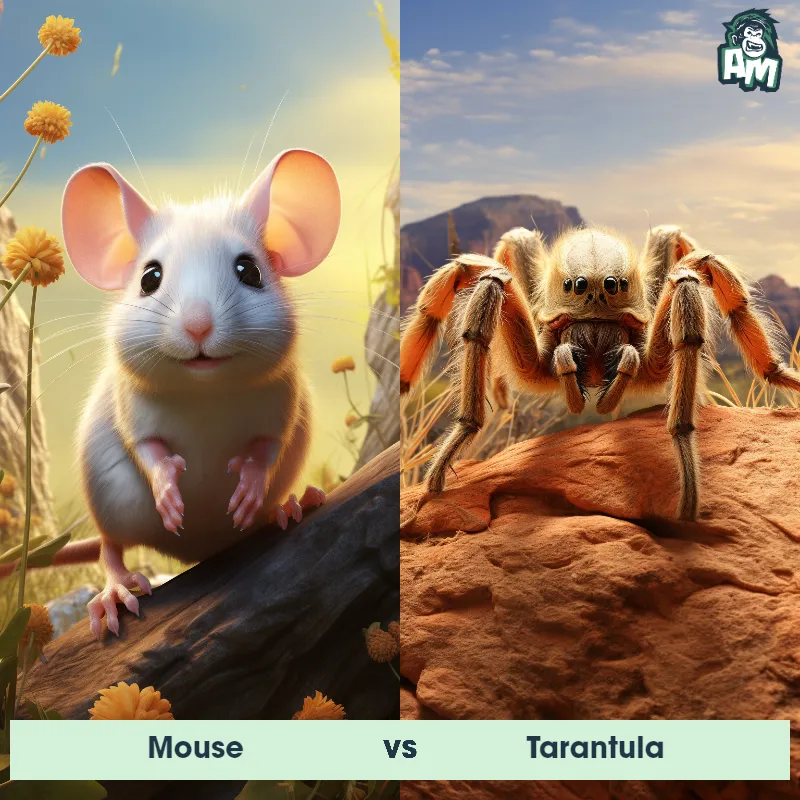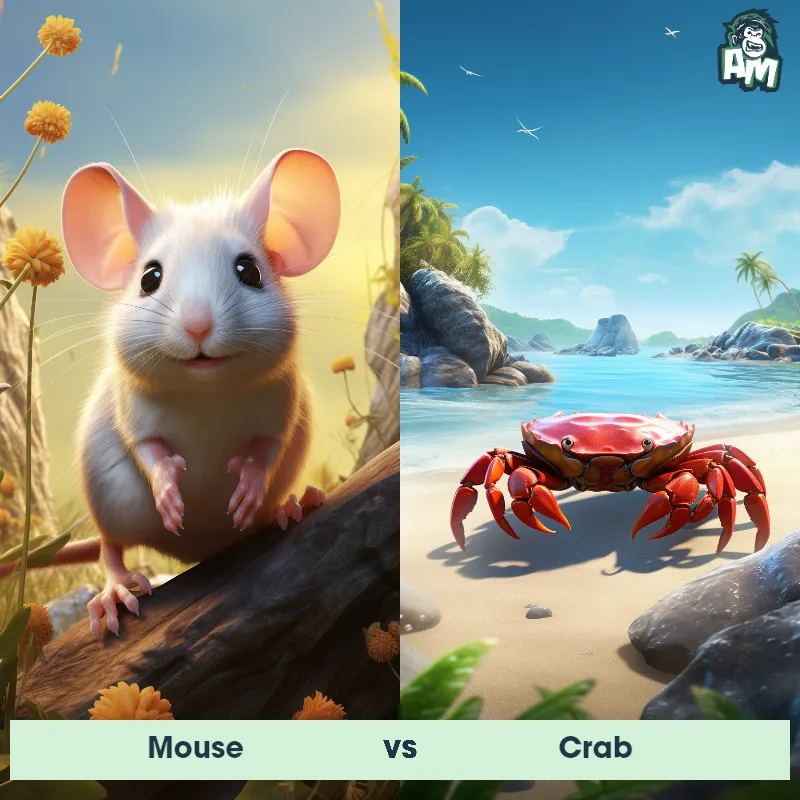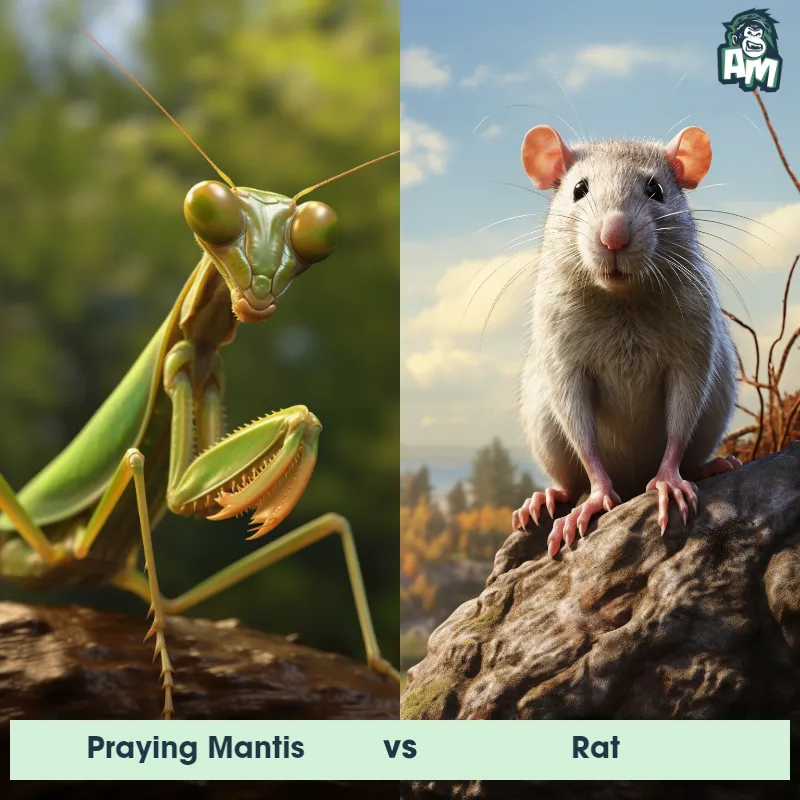Mouse vs RatSee Who Wins

Ladies and Gentlemen, gather round as we embark on a whirlwind face-off between two of the most nimble creatures in our lineup. In one corner we have a slick and speedy mouse, quick on its feet and known for its crafty evasion tactics. In the other corner stands a ferocious rat, larger and more aggressive with a strength advantage over its opponent. Buckle up, this battle promises tenacity, agility, and a thrilling spectacle!
Contender 1: Mouse
The Mouse is a small mammal characterized by its pointed snout, round ears, and long, thin tail. There are over 30 species of mice, but all tend to have a similar size, ranging from 1.5 to 3.5 inches in body length, with tails of similar or slightly longer lengths. Their fur can be a variety of colors, including white, brown, gray, or black, and they are known for their fast reproduction rates. Mice are omnivores, though their diets predominantly consist of plant material like seeds and fruits, as well as insects.
Fun Fact: Mice have a keen sense of hearing and can communicate with each other using ultrasonic calls, many of which are above the range of human hearing.
Contender 2: Rat
The Rat is a medium-sized, long-tailed rodent, renowned for its adaptability to various environments. Common species include the larger brown rat (also known as the Norway rat) and the smaller black rat. Rats typically range from 9 to 11 inches in body length, with a tail length that's about the same. They have robust bodies, pointed snouts, and small, hairless ears. Rats are omnivores, with a diet that can include grains, fruits, vegetables, meat, and eggs, and they have a strong instinct to gnaw, which keeps their constantly growing teeth in check.
Fun Fact: Rats have excellent memories, and once they learn a navigational route, they won't forget it.
Matchup Stats
| Mouse | Rat | |
|---|---|---|
| Size | 1.5 to 3.5 inches (3.8 to 8.9 cm) | 9 to 11 inches (22.86 to 27.94 cm) |
| Weight | 0.5 to 1 ounce (14 to 28 grams) | 0.77 to 1.1 lbs (350 to 500 grams) |
| Speed | 8mph (13km/h) | 7mph (11km/h) |
| Key Strength | Agility and speed | Strong instinct to gnaw |
| Biggest Weakness | Small size and lack of defensive mechanisms | Small size and lack of defensive mechanisms |
Current Votes
Mouse vs Rat
See Who Wins
View More Matches
Looking For More?
Similar Matches
Scientific Stats
| Mouse | Rat | |
|---|---|---|
| Scientific Name | Mus | Rattus |
| Family | Muridae | Muridae |
| Habitat | Various, including fields, forests, and human dwellings | Various environments, including urban areas, forests, and fields |
| Geography | Worldwide | Worldwide, except for Arctic and Antarctic regions |
| Diet | Omnivorous, predominantly plant material and insects | Omnivorous (grains, fruits, vegetables, meat, eggs) |
| Lifespan | 1 year - 3 years | 1 year - 4 years |
Key Differences between Mouse and Rat
- Ears: Mice have relatively larger ears in proportion to their body size, while rats have smaller ears that are more in proportion to their head size.
- Snout Shape: Rats have a blunt and rounded snout, whereas mice have a more pointed and triangular-shaped snout.
- Size: Rats are generally larger than mice, with an average length of 9-11 inches, while mice are smaller, measuring around 2-4 inches in length.
- Body Proportions: Rats have a stockier and heavier build, with a thicker body and shorter legs compared to mice, which have a more slender and agile appearance.
- Fur Coloration: While both mice and rats can come in a variety of colors, rats tend to have more uniform fur coloration, often in shades of brown, black, or gray, whereas mice can exhibit a wider range of colors and patterns, including white, gray, brown, and even albino variations.
- Tail Length: Rats have longer tails, often exceeding the length of their body, while mice have shorter tails that are usually around the same length as their body or slightly shorter.




